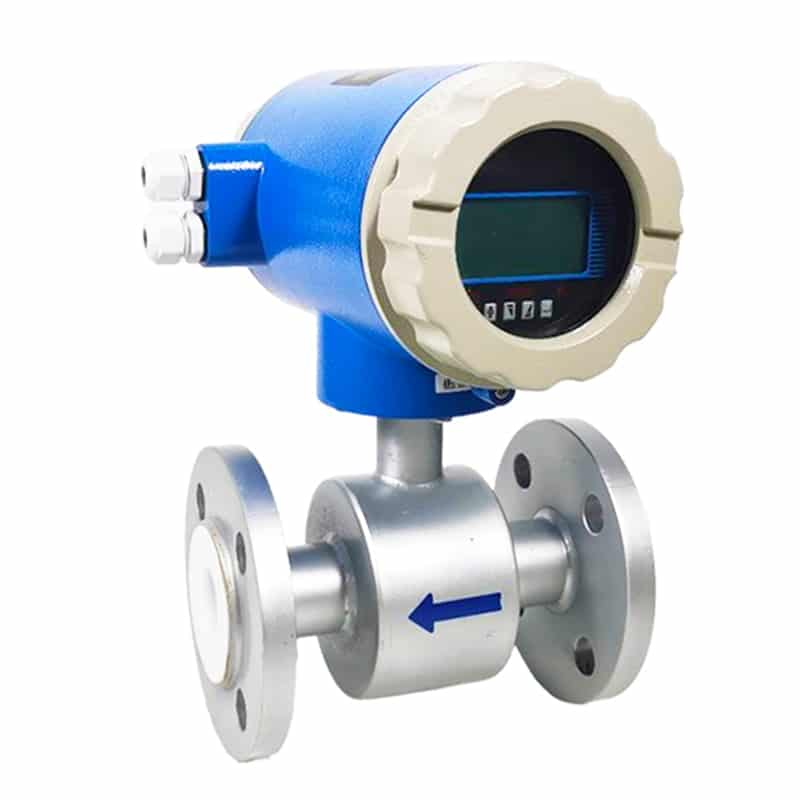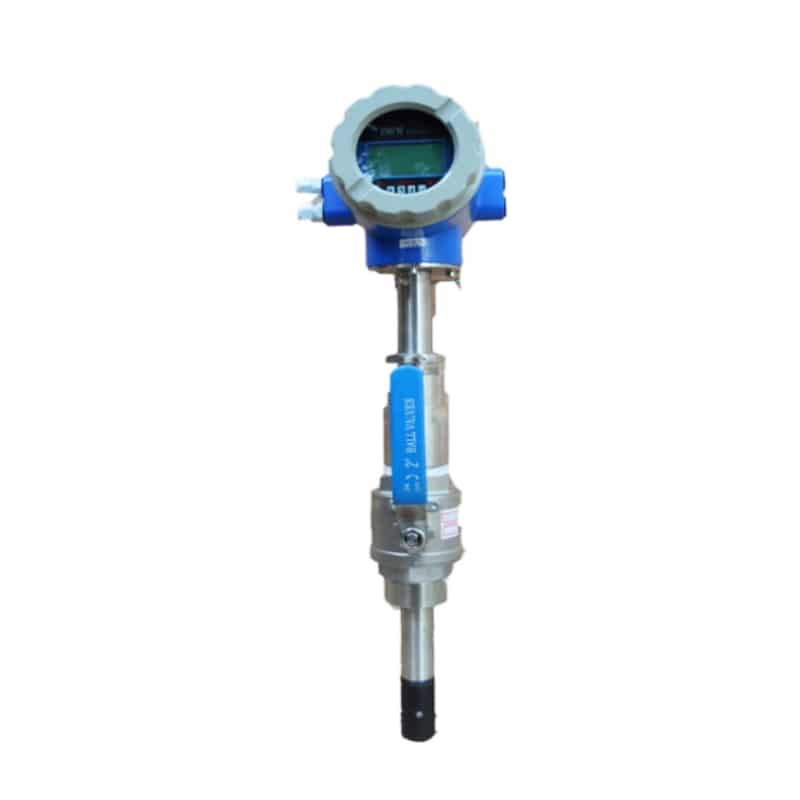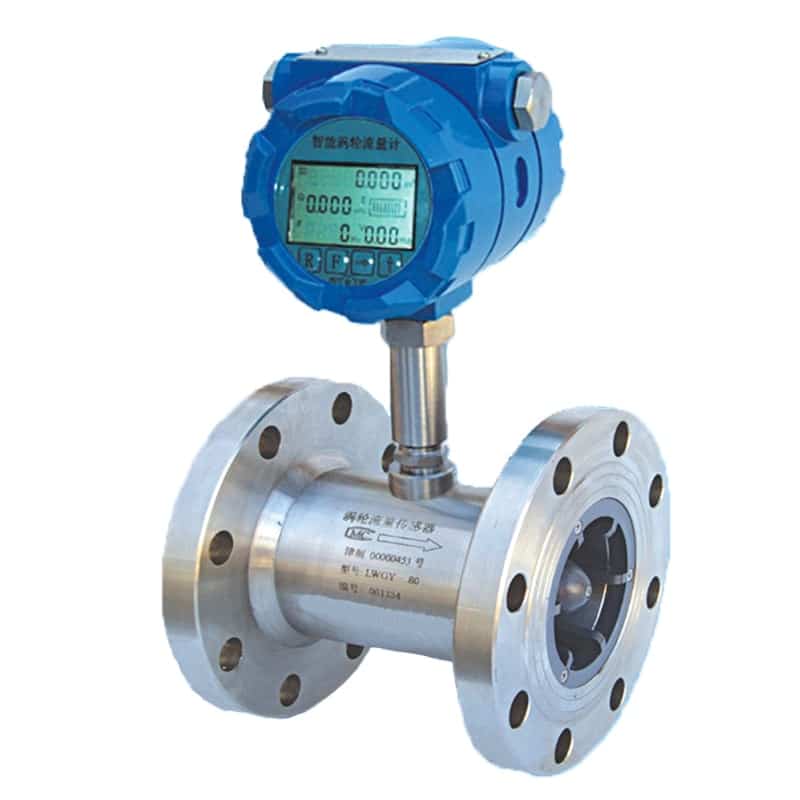Chilled water flow meter is a flowmeter that can be used to measure low temperature water. Common chilled water flowmeters include electromagnetic flow meters, turbine flow meters and ultrasonic flow meters. Used in condensing systems, chillers or HVAC. there are multiple flow and energy measurement opportunities in chilled water systems and Apure offers a range of chilled water flow meter technologies that are particularly well suited for this challenging application. Some considerations for drive technology selection include installation requirements, accuracy requirements and maintenance implications. Apure’s insertion turbine and insertion electromagnetic flowmeters are easy to install in new or existing systems, provide accurate measurements over a wide range of flow regulation, and offer years of trouble-free service in closed-loop hydronic systems.
For installations requiring the highest accuracy, such as cost allocation, performance contracting or sub-metering, in-line electromagnetic flowmeters may be the best solution. But there is no best chilled water flow meter, only the most appropriate one. This is because the details of each pipeline application are different. According to the actual measurement situation, choose the most suitable flowmeter. It can save a lot of time and cost.
Depending on the requirements of the chilled water application, other Apure meters may be more suitable. Please review the meters below or feel free to contact us for a further conversation.
FAQ
Extended reading:
Solvent flow meter
Sewage flowmeter
Oil and gas flow meter
Relation between flow and pressure






